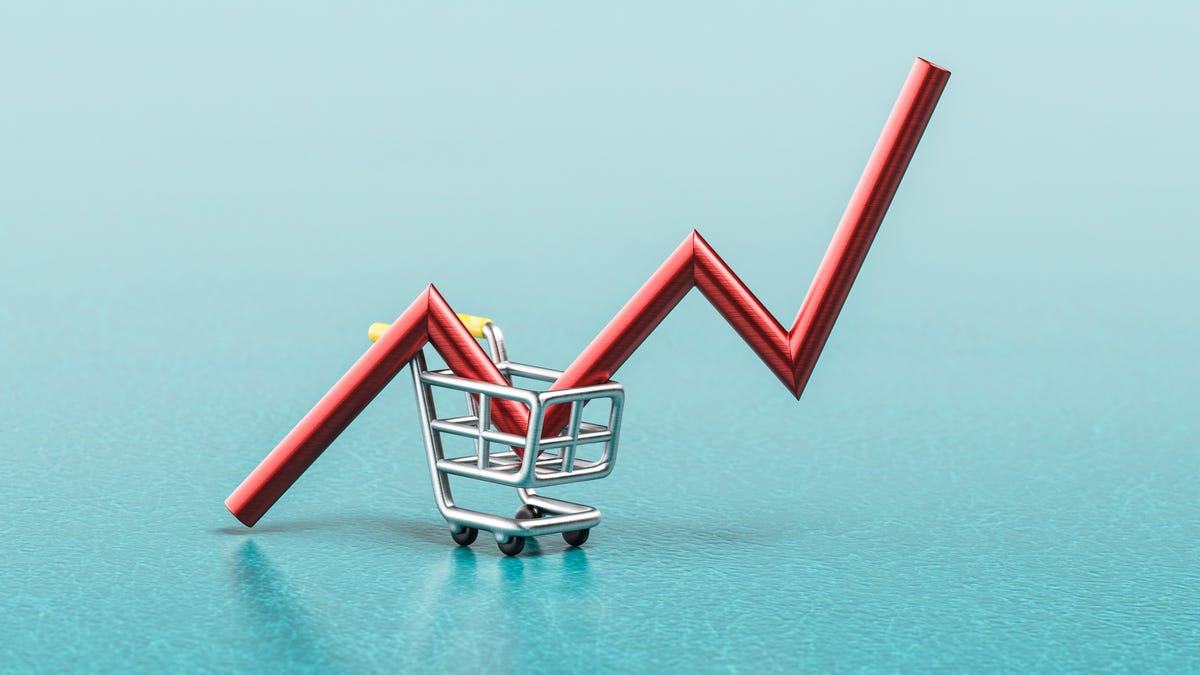Inflation’s Toll: Which States Are Struggling Most in the Business Landscape?
As inflation rates soar across the United States, businesses are grappling with rising costs that threaten their very existence. This economic phenomenon affects consumer purchasing power, operational expenses, and overall business sustainability. But it’s essential to recognize that not all states are affected equally. Some states have become hotbeds of struggle, where the toll of inflation is felt more severely than in others. In this analysis, we will explore the ten states where businesses are facing the toughest challenges due to rising costs, providing insights into the current landscape.
Understanding Inflation and Its Impact
Inflation, defined as the rate at which the general level of prices for goods and services rises, erodes purchasing power. In recent years, several factors have contributed to significant inflationary pressures, including supply chain disruptions, increased demand post-pandemic, and rising labor costs. Businesses, especially small and medium-sized enterprises (SMEs), are often the hardest hit, as they may lack the financial flexibility to absorb increased costs.
According to the Bureau of Labor Statistics, inflation reached a peak of over 9% in mid-2022, a significant increase compared to previous years. This surge has led to a ripple effect across various sectors, compelling businesses to adjust pricing strategies, reduce staff, or even close their doors. To understand where the strain is most palpable, let’s delve into the states that are currently struggling the most in this challenging business landscape.
Top 10 States Facing Inflation’s Toll
- California: With its high cost of living and stringent regulations, California businesses are feeling the pinch more than ever. Inflation has exacerbated existing issues such as housing costs and labor shortages.
- New York: The Big Apple’s vibrant economy is under pressure. Rising operational costs, especially in the hospitality and retail sectors, are leading many small businesses to reconsider their viability.
- Virginia: While Virginia often boasts a strong business climate, recent inflation has caused significant challenges, particularly for small manufacturers and service providers.
- Illinois: Facing economic challenges long before the inflation crisis, Illinois businesses are now contending with rising taxes and costs that are pushing them toward the brink.
- Florida: Although known for its tourism industry, Florida has seen sharp increases in labor costs and real estate prices, creating a tough environment for local businesses.
- Texas: Texas, a state celebrated for its business-friendly policies, is now grappling with inflation-induced supply chain disruptions that are affecting its manufacturing and energy sectors.
- Ohio: Ohio’s manufacturing backbone is under significant stress as inflation drives up raw material costs, forcing companies to make tough decisions about pricing and workforce.
- Pennsylvania: Rising transportation costs and energy expenses are hitting Pennsylvania’s small businesses hard, especially those in the agricultural and food service industries.
- Massachusetts: The high cost of living in Massachusetts is compounded by inflation, particularly affecting the healthcare and technology sectors that are reliant on skilled labor.
- Washington: Known for its tech giants, Washington state is facing an affordability crisis. Inflation has led to increased costs of living, making it difficult for smaller tech startups to attract talent.
Factors Influencing Business Struggles
Several interconnected factors contribute to the challenges businesses face amid inflation:
- Increased Supply Chain Costs: Disruptions in global supply chains have led to significant price increases for raw materials and goods, putting pressure on businesses to either absorb the costs or pass them onto consumers.
- Labor Shortages: As businesses struggle to find skilled workers, wages have increased. While this is beneficial for employees, it adds a layer of financial strain for employers.
- Higher Borrowing Costs: The Federal Reserve’s response to inflation often includes raising interest rates. Consequently, businesses face higher costs to finance operations or expansion, which can hinder growth.
- Consumer Behavior Changes: Inflation affects consumer spending habits. As prices rise, consumers may cut back on discretionary spending, directly impacting businesses reliant on such purchases.
Strategies for Businesses to Cope with Inflation
While the challenges posed by inflation can be daunting, businesses can implement various strategies to mitigate its effects:
- Cost Management: Regularly reviewing operational expenses and finding efficiencies can help businesses manage rising costs without sacrificing quality.
- Pricing Strategies: Implementing gradual price increases can help offset inflation without alienating customers, as long as businesses communicate these changes transparently.
- Diversification: Expanding product lines or services can attract a broader customer base and create additional revenue streams to buffer against inflationary pressures.
- Investment in Technology: Embracing technology can streamline operations, reduce costs, and improve customer experiences, making businesses more resilient in challenging times.
- Building Strong Relationships: Collaborating with suppliers, customers, and local communities can provide businesses with support networks that are invaluable during economic turbulence.
Looking Ahead: A Hopeful Perspective
While inflation’s toll on the business landscape is significant, it’s crucial to recognize that many businesses are adapting and finding ways to thrive even in adversity. Economic recovery is always a possibility, and states that focus on policies to support small businesses, invest in workforce development, and address supply chain issues will likely emerge stronger.
Moreover, consumers are becoming more aware of the challenges faced by local businesses and are often willing to support them during tough times. This grassroots support can be a powerful tool in revitalizing struggling economies.
In conclusion, as inflation continues to reshape the business landscape, it’s essential for stakeholders—from government entities to entrepreneurs—to come together and foster an environment conducive to recovery and growth. By understanding which states are struggling and why, we can better address the underlying issues and work toward a more resilient economic future.
See more CCTV News Daily



